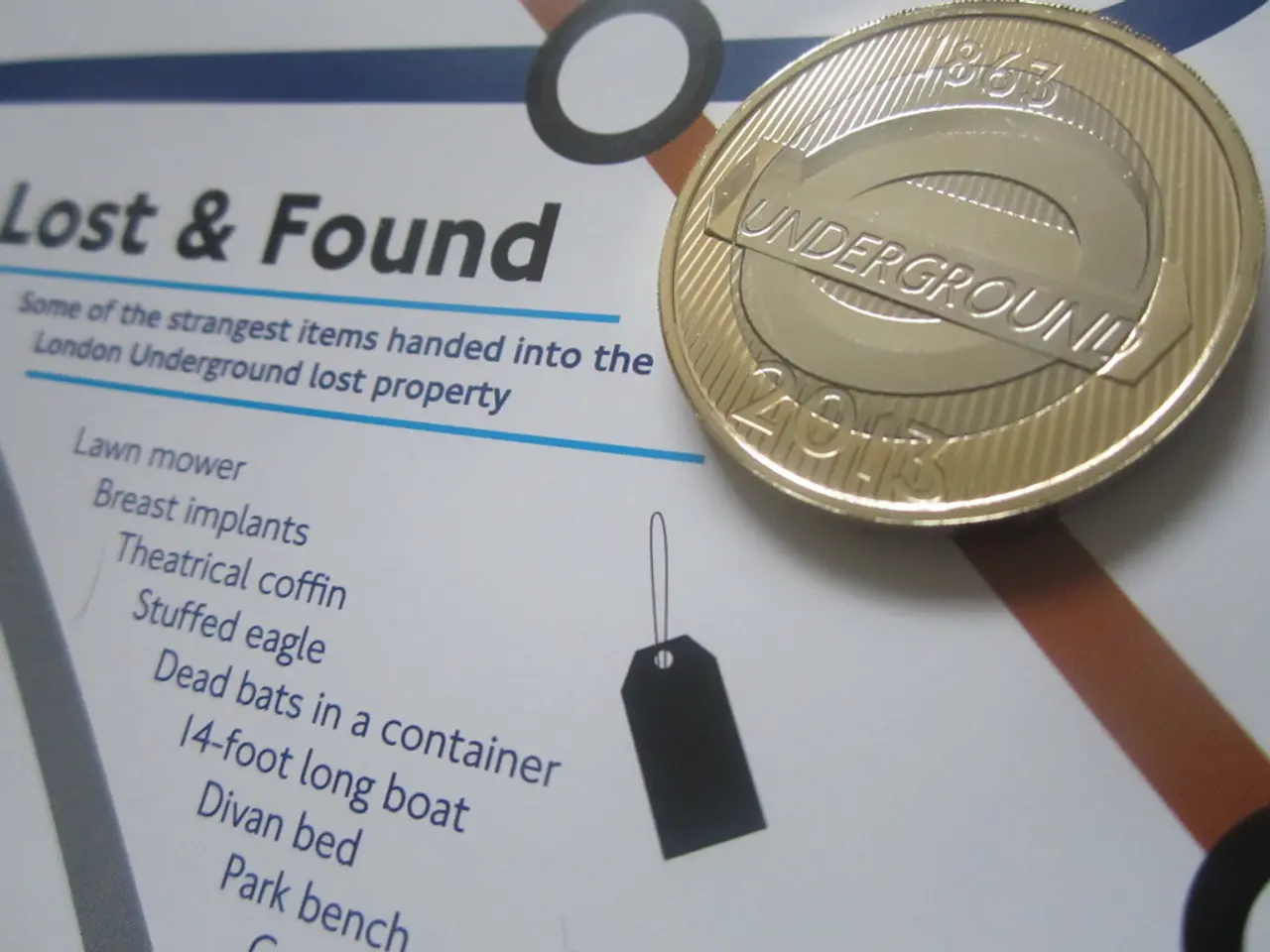Guide for Installing WordPress on Rocky Linux 9 Using Apache, MariaDB, and PHP8.3 (LAMP Setup)
Deploying WordPress on Rocky Linux 9 with Apache, MariaDB, and PHP 8.3 requires a systematic approach. Here is a detailed guide to help you set up this environment:
## Step 1: Install Rocky Linux 9 First, ensure you have Rocky Linux 9 installed on your server or virtual machine.
## Step 2: Update the System Update the system to ensure you have the latest packages.
```bash sudo dnf update -y ```
## Step 3: Install Apache Install the Apache web server.
```bash sudo dnf install -y httpd ```
Start and enable the Apache service.
```bash sudo systemctl start httpd sudo systemctl enable httpd ```
Verify Apache by accessing `http://localhost` in your browser.
## Step 4: Install MariaDB Install MariaDB, a popular MySQL variant.
```bash sudo dnf install -y mariadb-server ```
Start and enable MariaDB.
```bash sudo systemctl start mariadb sudo systemctl enable mariadb ```
Secure MariaDB by running the following command and following the prompts.
```bash sudo mysql_secure_installation ```
## Step 5: Create a Database for WordPress Log into MariaDB as root and create a database for WordPress.
```bash sudo mysql -u root -p CREATE DATABASE wordpress_db; CREATE USER 'wordpress_user'@'localhost' IDENTIFIED BY 'your_password'; GRANT ALL PRIVILEGES ON wordpress_db.* TO 'wordpress_user'@'localhost'; FLUSH PRIVILEGES; EXIT ```
## Step 6: Install PHP 8.3 Install PHP 8.3 along with necessary modules for WordPress.
First, enable the EPEL repository (if not already enabled).
```bash sudo dnf install -y epel-release ```
Then, install PHP 8.3 using the Remi repository:
1. **Enable Remi Repository:** ```bash sudo dnf install -y dnf-utils sudo dnf config-manager --set-enabled remi sudo dnf install -y php83 php83-php-fpm ```
2. **Install PHP Modules:** ```bash sudo dnf install -y php83-php-{mysqlnd,gd,mbstring,soap,xml,xmlrpc,zip} ```
Start and enable PHP-FPM.
```bash sudo systemctl start php83-php-fpm sudo systemctl enable php83-php-fpm ```
## Step 7: Configure Apache for PHP Edit the Apache configuration file to use PHP-FPM.
1. **Create a Virtual Host File:** ```bash sudo nano /etc/httpd/conf.d/wordpress.conf ```
2. **Add the Following Configuration:** ```apache
ErrorLog logs/wordpress-error.log CustomLog logs/wordpress-access.log combined
```
3. **Save and Close the File.**
4. **Restart Apache:** ```bash sudo systemctl restart httpd ```
## Step 8: Install WordPress 1. **Download WordPress:** ```bash wget https://wordpress.org/latest.tar.gz tar -xvf latest.tar.gz ```
2. **Move WordPress to the Document Root:** ```bash sudo mv wordpress /var/www/html/ sudo chown -R apache:apache /var/www/html/wordpress ```
3. **Create a Configuration File:** ```bash sudo cp /var/www/html/wordpress/wp-config-sample.php /var/www/html/wordpress/wp-config.php ```
4. **Edit the Configuration File:** ```bash sudo nano /var/www/html/wordpress/wp-config.php ```
5. **Update the Database Settings:** ```php define( 'DB_NAME', 'wordpress_db' ); define( 'DB_USER', 'wordpress_user' ); define( 'DB_PASSWORD', 'your_password' ); define( 'DB_HOST', 'localhost' ); ```
6. **Save and Close the File.**
## Step 9: Configure Firewall Ensure that HTTP and HTTPS ports are open.
```bash sudo firewall-cmd --permanent --zone=public --add-service=http sudo firewall-cmd --permanent --zone=public --add-service=https sudo firewall-cmd --reload ```
## Step 10: Access WordPress Open a web browser and go to `http://yourdomain.com` to complete the WordPress installation.
With these steps, you should have a fully functional WordPress installation on Rocky Linux 9 with Apache, MariaDB, and PHP 8.3. For blazing-fast and scalable hosting, consider deploying on Shape.Host Cloud VPS.
Technology plays a crucial role in this process as we leverage Rocky Linux 9, Apache, MariaDB, and PHP 8.3 to set up a robust environment for a WordPress installation.
After configuring Apache to use PHP-FPM, we integrate technology to facilitate smooth communication between the web server and PHP-FPM, ensuring optimal performance for our WordPress site.




